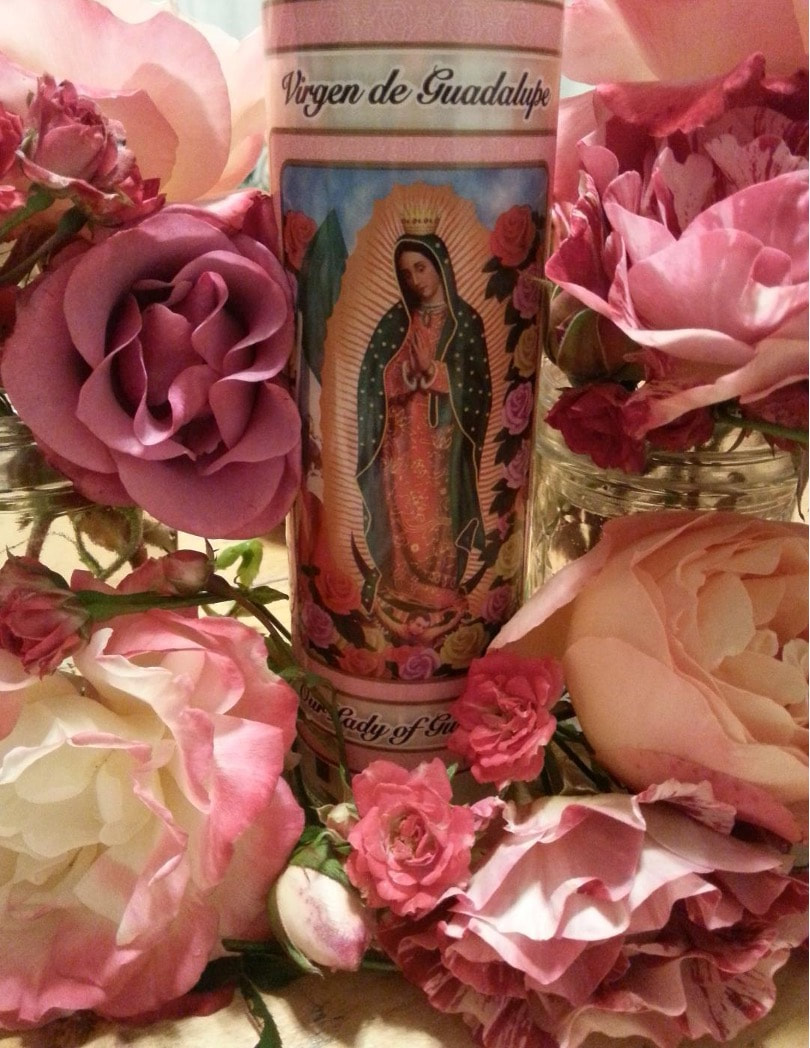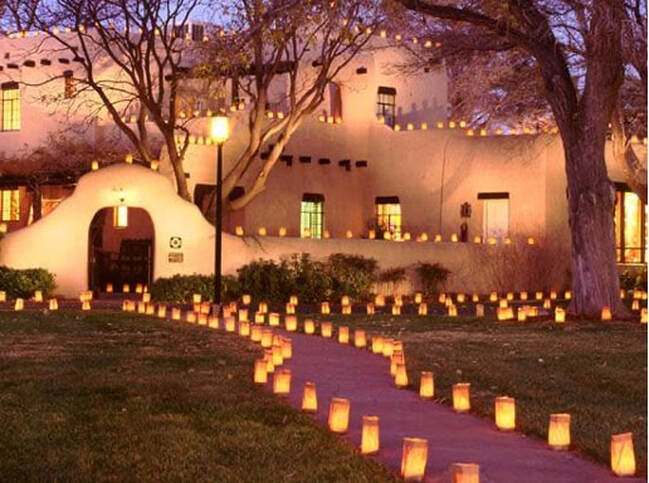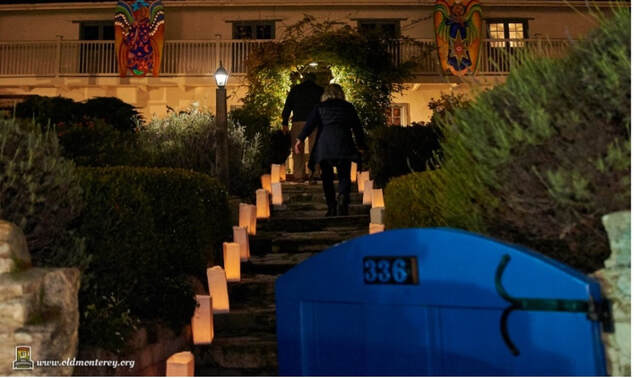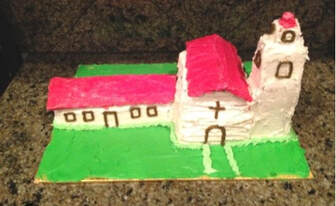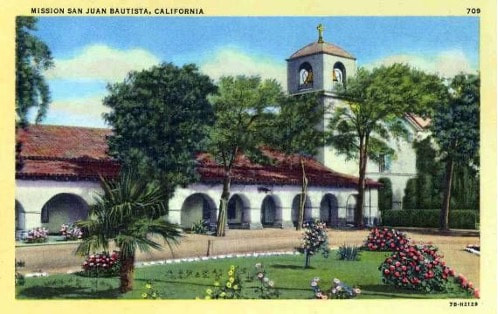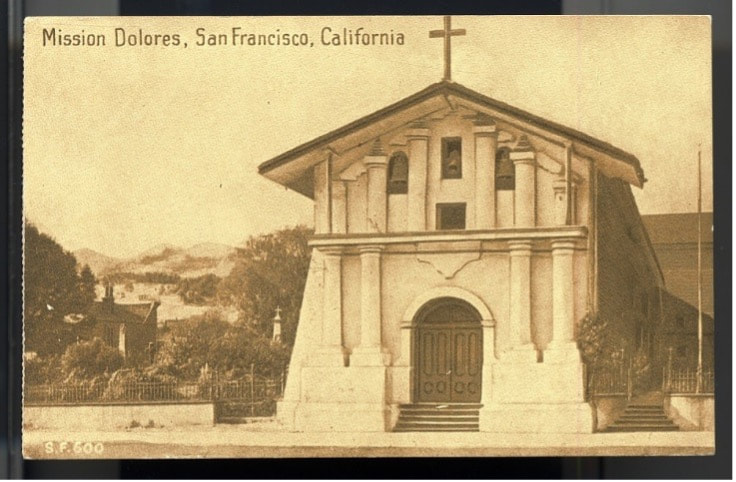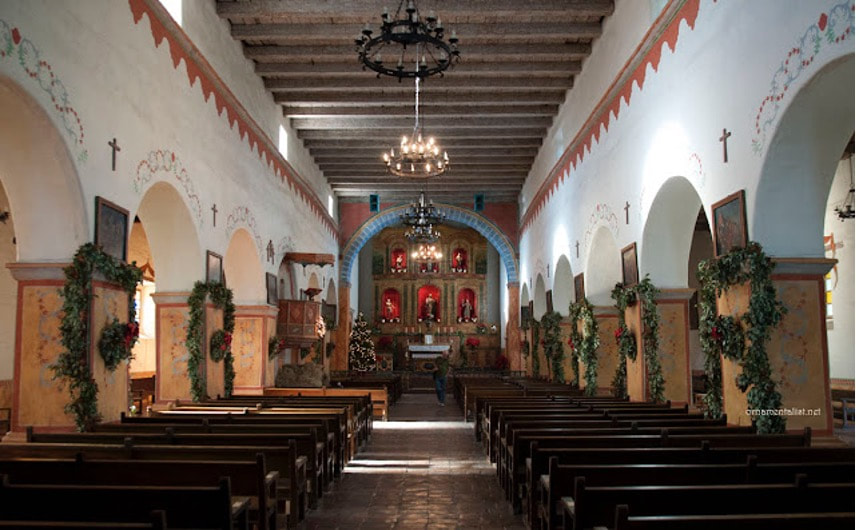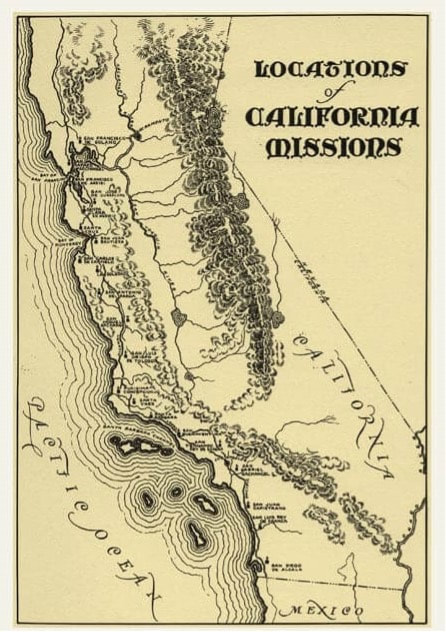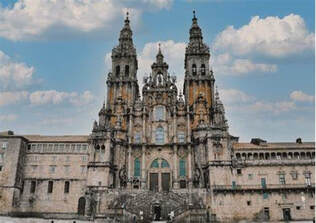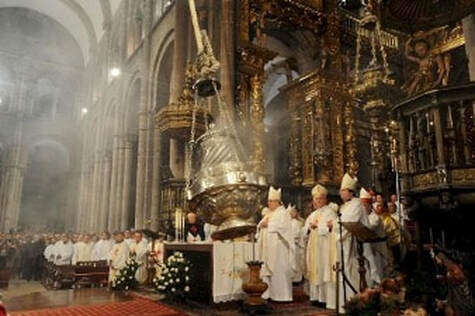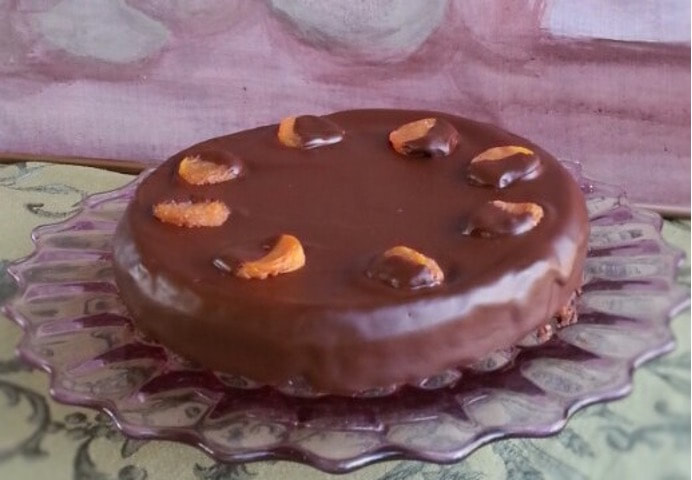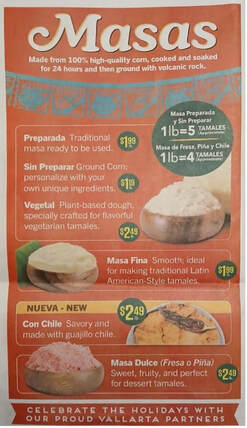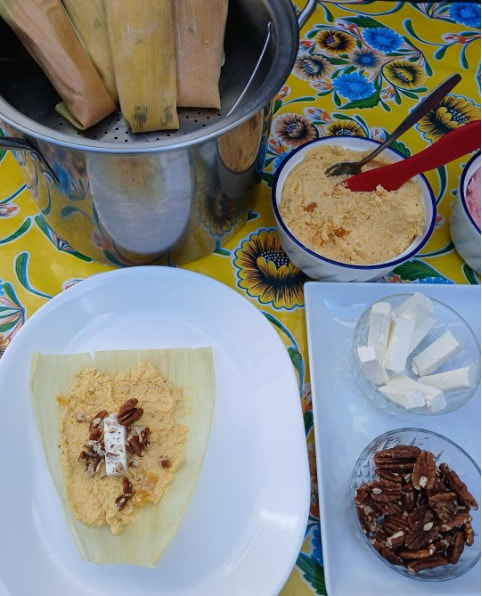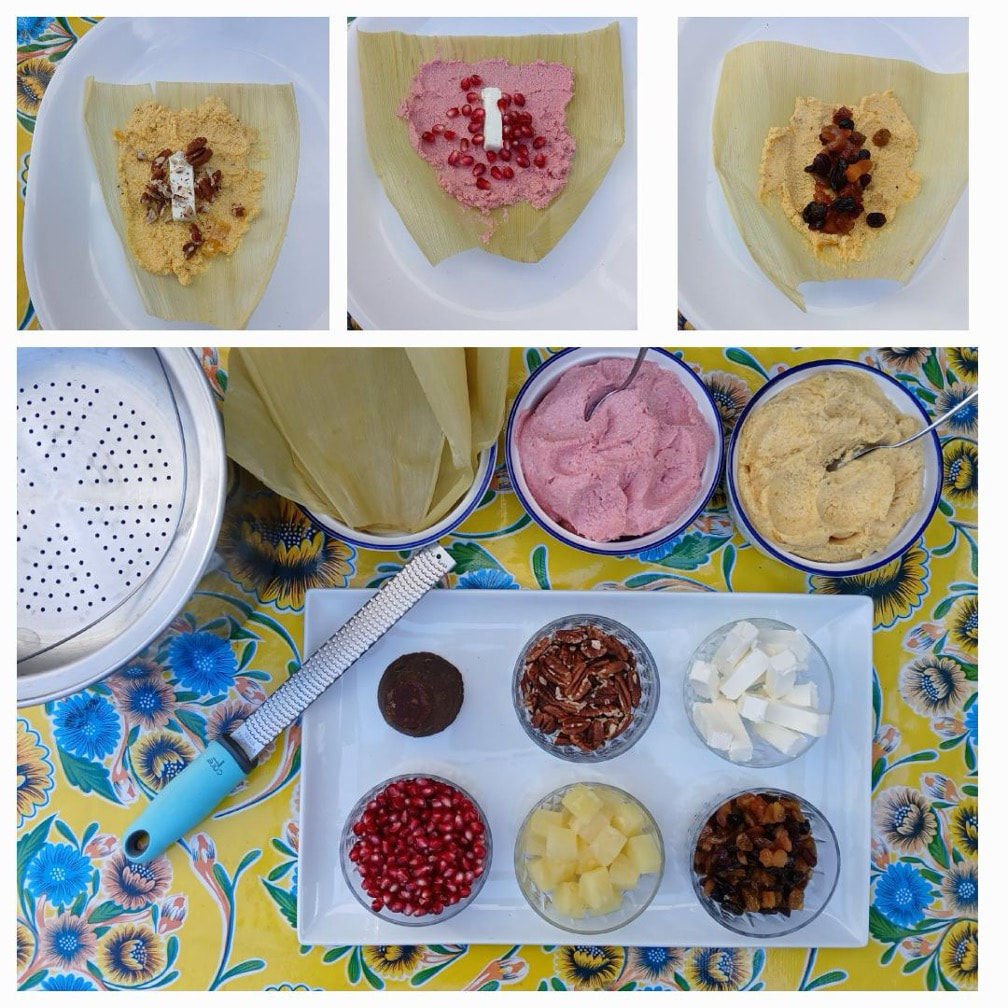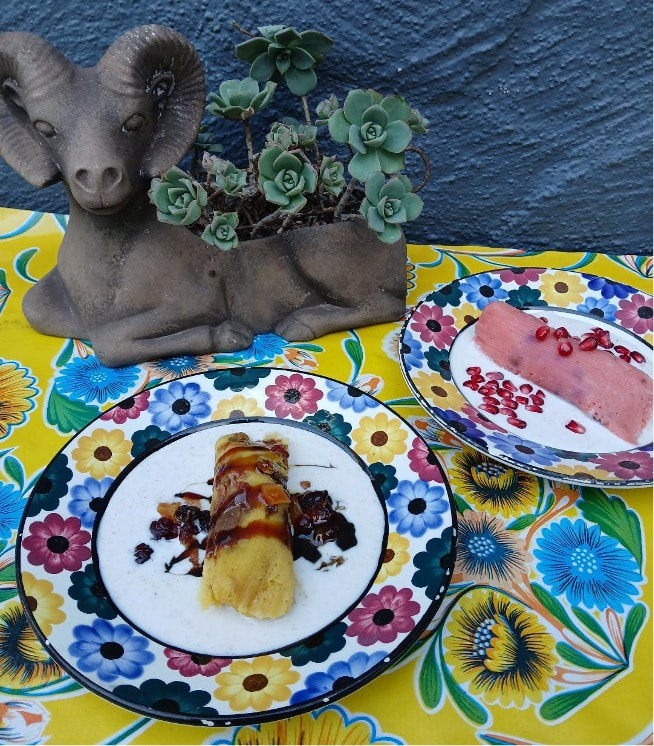I know there are plenty of humbuggers out there, grumblers who miss the sun. But without the dark, how can we appreciate the light? The darkness allows magic to flourish more easily. When humans drew together around a fire for safety, warmth, and companionship, folklore and stories naturally blossomed. The Christmas story of Mary and Joseph searching for a place under that extra bright star satisfies a deep love of the light against the darkness. Plus, a baby and a donkey; it does not get much better than that.
The community procession, sometimes accompanied by a mariachi band, sings carols along its way to designated houses who are asked if there is lodging for the holy couple and are turned away three times, though each house provides holiday treats like tamales, Mexican hot chocolate, or atole, a sweetened, spiced corn based hot drink. At the fourth house, hosts welcome the party inside for more feasting and a pinata in the shape of a star, symbolizing the Star of Bethlehem.
Moving and satisfying to do, Las Posadas are also beautiful to see happening, in part because the candles and luminarias are lighting up the winter darkness. Even if there is no Las Posadas tradition where you live, luminarias are a festive way to decorate for the season. They are an easy and pretty craft that can be done with paper bags, sand or pebbles, and votive candles, your basic grocery and hardware store craft. Punch holes in your paper bags to make patterns or simply roll down the top. Weigh the bags down with sand and nestle a small candle inside the bag. Lining your walkway or porch, they make a welcoming entrance to any evening party you host, from early December through New Year’s Eve.
Lucky for us, we do have a vibrant Hispanic community, and the built environment is enriched with early Spanish-influenced architecture and adobes, many still in use. The holidays are a wonderful time to get out and see the lights and decorations. In Pacific Grove, Suzi and I decorated our inns for Christmas at the Inns, a popular tour that included several of the Victorian inns in that charming town. In Monterey, the Christmas at the Adobes tour has costumed docents welcoming guests to luminaria-lit adobes in the state historic park, featuring California’s first theatre and adobes associated with early Monterey being California’s first capital. Tickets go quickly for these tours; check soon if you would like to attend.
In California schools, fourth graders get to study the mission system which means an exciting field trip to your nearest mission and getting to construct one of the 21 missions from such diverse materials as cardboard, tongue depressors, Mod Podge, and/or sugar cubes. If I was tasked with it today, I’d likely make my mission out of cake!
Strolling around the town, you still see one- and two-hundred-year-old live oak and olive trees shading public and private gardens. The gnarly old pepper tree mentioned in Alfred Hitchcock’s classic movie, Vertigo, stands near the historic Zanetta House and stables, all used as filming locations, as well as the mission itself. (Vertigo was also filmed at another California mission in San Francisco, Mission Dolores, the oldest surviving building in town, (1776 in case you needed to know that.)
They also have guidebooks and more user-friendly maps as well as related merchandise
It put me in mind of the European pilgrimage trail, El Camino de Santiago, where walkers follow the path of Saint James. Aunt Rose has visited the destination of the pilgrimage route, Santiago de Compostela Cathedral, in Galicia, Spain. Compostela comes from the Latin “campus stellae” meaning field of stars, based on the stars of the Milky Way. According to the Middle Age legend in which St. James followed the stars on his own path, the pilgrimage trail grew to follow in his footsteps and reach his tomb.
the grand exterior of the Cathedral de Santiago de Compostela, and the giant thurible inside the Cathedral, which Aunt Rose saw in action and says is indeed a true wonder to behold.
Begun purely as a religious pilgrimage, El Camino has become many things to many people. Some are making time for introspection or to heal from life’s travails or simply to be in the company of like-minded fellows. Joanne found that about half the folks she encountered on the trail were religious pilgrims and half were walking for other reasons.
Both Rose and Joanne recommended the 2010 Martin Sheen movie, The Way, directed by his son, Emilio Estevez. I have not tracked it down as of this writing, but I put it on the To Watch list. I do not want to ruin the plot for you, but I will say that Martin Sheen’s character begins walking El Camino unexpectedly while dealing with a life crisis and runs into human nature in many of its complicated and humorous aspects, gaining healing along the way.
Getting back to California, the season demands feasting, so Rose and I are bringing New World sweets recipes for your consideration. This month, Rose’s blog, Tea and Travels, brings a trove of chocolate recipes, including a cherished favorite recipe of mine, the Queen of California cake. It is a European-style cake made with California ingredients, the original recipe coming from a California walnut grower’s recipe booklet in the 1980s. Often we switch the walnuts with another major California crop, almonds. Either nut is delightful, playing well with the dried apricots in the recipe. Covered in shiny dark chocolate ganache, this petite cake is served in small wedges for everyone but the most dedicated chocolate lover.
Our family eats tamales year-round, with Mr. Vazquez making pork in red sauce or the very spicy jalapeño and cheese versions, so we usually have a stash of a few dozen in the freezer. Being a Team Savory guy, he is not interested in sweet tamales, though his mother, Lana, makes delicious little cinnamon and raisin tamales at Christmas.
After watching tamales being made for many years now, I decided I would try my hand at Lana’s sweet tamales this winter. I came up with a lightly sweet masa (the dough of tamales made with corn flour) flavored with cinnamon and piloncillo, a cone of unrefined cane sugar which you grate into sweet desserts and drinks. Along with the raisins, I thought chopped fresh apple might be nice.
However, as I was gathering my ingredients to make the tamales, I ran across a splashy ad for a big new Mexican grocery in Watsonville, Vallarta supermarket.
with cream cheese, toasted pecans, and piloncillo.
When researching sweet tamales online, I found one website with especially instructive, step-by-step photos of tamale making, My Slice of Mexico. I emailed creator Irene Arita for permission to use her recipes but have not heard back. I hope Irene will be happy that I am sharing her recipes and clear photos with you all.
Using my store-bought sweet masa, I made the tamales. There is a mystique surrounding tamale making, and it is a skill to be honed through repetition but there is a lot to be said for just diving right in and seeing what happens. When thinking about people making tamales, I imagine a group of folks sitting at a big table, all industriously spreading masa on softened corn husks, folding them just so, and carefully adding them in an upright position in a huge steamer basket. Mr. V has finally excused me from “helping” make his tamales, finding my masa-spreading technique not up to his rigorous standards. To which I petulantly say, good, I didn’t want to anyway. He insists upon making giant tamales, masa and filling straddling two overlapped corn husks, tied on both ends with string, a method even his mom says is too much work. To be fair, savory tamale making is more technical because the masa must totally encase the saucy filling or the precious sauce will ooze out during steaming. And of course, his tamales are a little bit of heaven to eat and worth all the effort.
I let go of all the tamale lore and rules and just dived in. To go with my flavored masa, I assembled my fillings:
Cream cheese “sticks”
Pomegranate seeds
Brandied dried fruit mixture
Piloncillo, grated over top
Toasted pecans
One of the keys to making good tamales is to apply the masa in an even coat to most of the corn husk. There is a fun video of a guy coating his corn husk using a plaster trowel as if he is putting a “butter coat” on drywall. Butter coating is a skill at which Mr. Vazquez excels, so perhaps that is the secret to his fine masa technique. I, on the other hand, favor more of a slap-dash, good-enough-for-who-it’s-for method, as seen in the photographs above. Skipping ahead, I must report that my sloppy masa work cooked up just fine, my tamales looking remarkably similar to tamales made by someone with finesse.
If you are thinking of adding Mexican sweets to your holiday festivities, our Calendar of Tea Parties section offers classic Mexican recipes perfect for winter feasts, including pumpkin empanadas, tres leches cake, Mexican hot chocolate, and the Mexican wedding cakes. Find our October menu here: My Tea Planner.
&
Happiest New Year!

